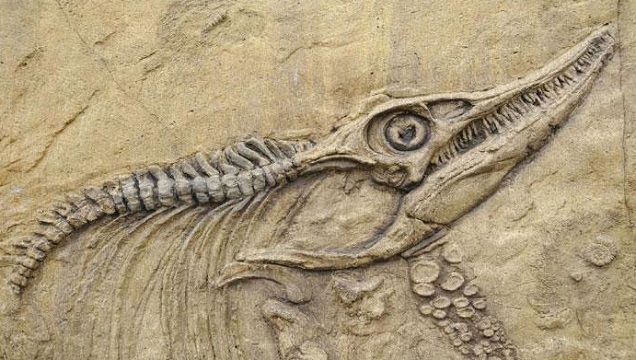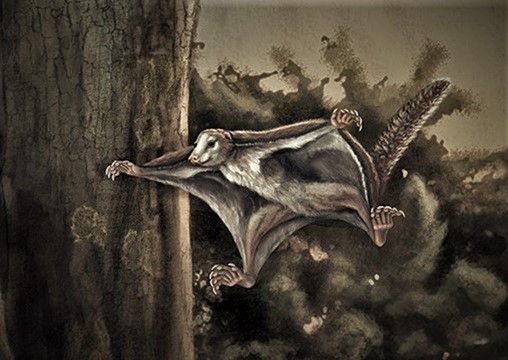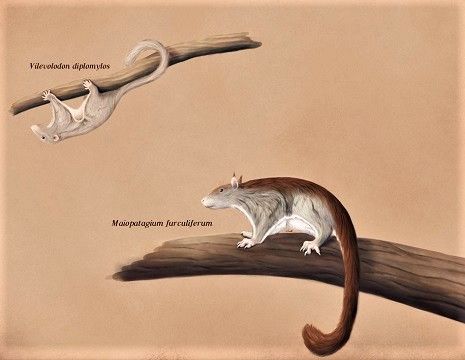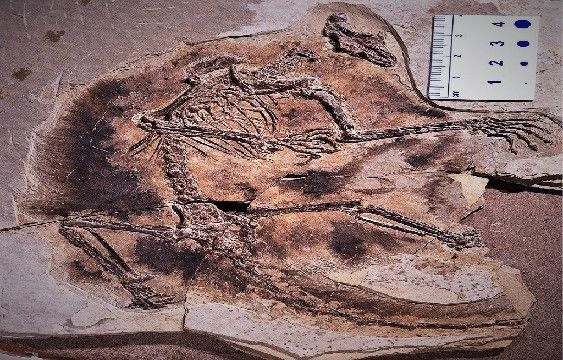Unearthed Fossils Of 160 Million-Year-Old Winged Mammals Of The Jurassic Era
Jul 13, 2019 • 41 views
Dinosaurs existed millions of years ago. Since the end of their era although thousands of fossils have been found, but a few found in recent years have made scientists, historians and archaeologists wonder about the fact that how much we exactly know about them.

Two fossils recently unearthed in the Tiaojishan Formation northeast of Beijing in China involve the existence of the oldest known winged mammals – nearly 160 million-year-old creatures that evolved among mammalian ancestors to glide and live in trees during the Jurassic Period. These are physically described as having longs limbs, long hands, foot fingers and membrane-like structures to glide from one tree to another. This adaptation allowed them to find foods in places that were inaccessible to the other mammals that lived on lands.
Zhe-Xi Luo, professor at the University of Chicago in the US spoke about how varied mammalian forerunners were in case feeding and mobility adaptations and that with the discovery of each latest mammal fossil from the Age of Dinosaur its gets more exciting. He also added that these pre-historic mammals are 'the first in glide'. In a way, they got the first wings among all mammals; hence they are expected to have evolved to fly almost a hundred million years before the modern fliers.

Most mammals live on land, but a few of them, like bats, made an important transition between land and aerial habitats, this is one of the most remarkable adaptations in mammals. This can still be seen among today's mammals such as flying squirrels in North America and Asia and colugos of Southeast Asia.

These two fossils show extremely beautiful and delicate fossilization of gliding membranes between front and rear limb including their limbs, hand and foot. They even might suggest new gliding behavior that was not so well known before.
The Jurassic Maiopatagium and Vilevolodon are main mammalian forms, long-extinct relatives of living mammals. Both the fossils show the wing-like membranes between their limbs along with many skeletal features in their shoulder joints and forelimbs that gave the ancient animals the capability to glide. Although extinct, these fossilized creatures also share similar ecology with modern gliders, with some significant differences.

Most of the modern day`s mammal gliders has herbivorous diet. However, Maiopatagium and Vilevolodon lived in a Jurassic era where the flora and fauna was dominated by ferns and gymnosperm plants, ages later flowering plants came to dominate in the Cretaceous Period. This led them to feed on these entirely different plants.
This distinct course of food evolved nearly 100 million years later among the modern mammals.
David Grossnickle, a graduate student at the University of Chicago in the US expressed his excitement over the new researches that suggest how amazing it is that these transformations occurred so early in the history of mammals.
